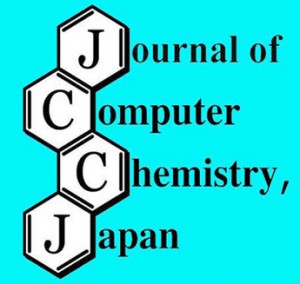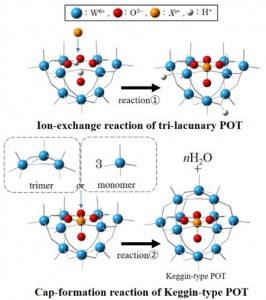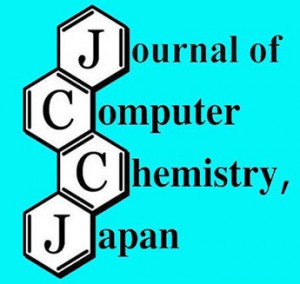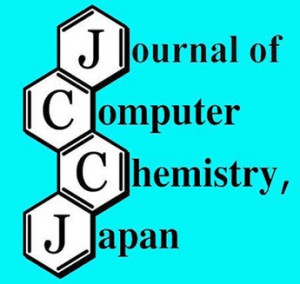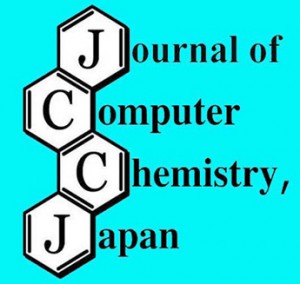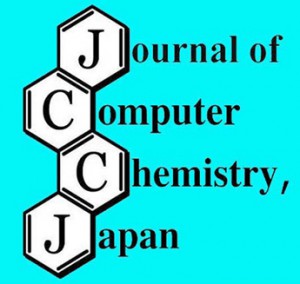[Published online Journal of Computer Chemistry, Japan Vol.21, 77-79, by J-STAGE]
<Title:> Theoretical Characterization of the Electronic and Spin Structures for Iron Sulfur Cubane in Reduced High-Potential Iron Sulfur Proteins Using Density Functional Theory
<Author(s):> Yuta HORI, Ayaka SATO, Yasuteru SHIGETA
<Corresponding author E-Mill:> hori(at)ccs.tsukuba.ac.jp
<Abstract:> In this work, density functional theory and natural bond orbital analysis are used to investigate the electronic structures of the [4Fe-4S] cluster in reduced high-potential iron sulfur proteins. Calculated 3d-orbital occupancies of Fe atoms in the [4Fe-4S] cluster revealed a spin structure with two ferromagnetically coupled [2Fe-2S]+ subclusters that are antiferromagnetically coupled to each other. In addition, the chemical bonds between S Fe were found to form primarily through the donation of electrons from S to Fe atoms.
<Keywords:> [4Fe-4S] cluster, High-potential iron sulfur protein, Natural bond orbital, Density functional theory, Electronic structure
<URL:> https://www.jstage.jst.go.jp/article/jccj/21/4/21_2023-0008/_article/-char/ja/
<Title:> Theoretical Characterization of the Electronic and Spin Structures for Iron Sulfur Cubane in Reduced High-Potential Iron Sulfur Proteins Using Density Functional Theory
<Author(s):> Yuta HORI, Ayaka SATO, Yasuteru SHIGETA
<Corresponding author E-Mill:> hori(at)ccs.tsukuba.ac.jp
<Abstract:> In this work, density functional theory and natural bond orbital analysis are used to investigate the electronic structures of the [4Fe-4S] cluster in reduced high-potential iron sulfur proteins. Calculated 3d-orbital occupancies of Fe atoms in the [4Fe-4S] cluster revealed a spin structure with two ferromagnetically coupled [2Fe-2S]+ subclusters that are antiferromagnetically coupled to each other. In addition, the chemical bonds between S Fe were found to form primarily through the donation of electrons from S to Fe atoms.
<Keywords:> [4Fe-4S] cluster, High-potential iron sulfur protein, Natural bond orbital, Density functional theory, Electronic structure
<URL:> https://www.jstage.jst.go.jp/article/jccj/21/4/21_2023-0008/_article/-char/ja/
